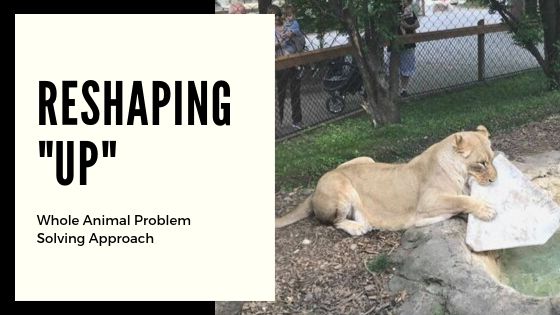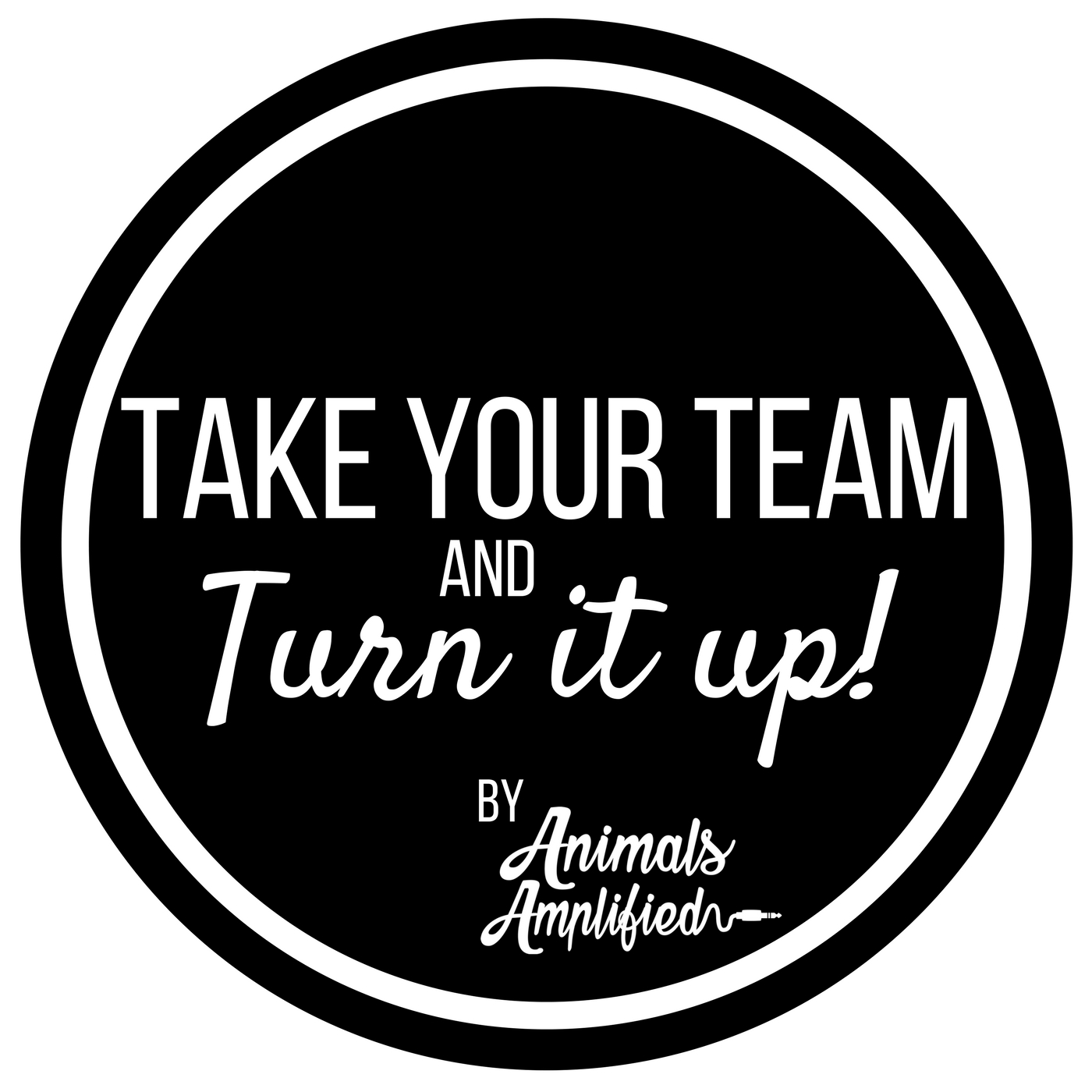
Navigating the Terrible Twos
Sometimes it just takes the tiniest of tweeks to change up your behaviors. Lauren sent over this video of her haltering a young zebra foal.
She’s been spending a lot time putting “money in the bank” with him (a.k.a. Building a relationship). She was happy with her progress but was wishing that he didn’t move his head around so much when she was putting the halter on.
I followed up with a couple questions and observations.

Lauren responded and shared that she had been working with him since he was 4 weeks old. Relationship building, desensitization to the halter, and spending time with keepers. She noticed the need for a shift from that desense and relationship building that young animals need a lot of social time to a more directed, targeted approach.
She also noticed watching the video back a few things she would have done differently:
- She normally doesn’t have the lead clipped on already when she puts the halter on so she thought that might make the halter heavier or more intrusive.
- She also noticed that her arm reaching around and over him could be intimidating to him as a prey animal considering is wide peripheral vision.
- She also realized she could feed him after he put his muzzle into the halter and reinforce more for the steps of securing the halter.
I agreed that she was right on the money, this zebra foal is right at what I refer to as the “terrible twos” which doesn’t mean the zebra is actually two, it means the zebra (or any animal) is at the same stage in life as a toddler is when they start throwing tantrums over silly things. They learn they can walk on their own, make choices, and be in charge of their own selves. At this point a lot of the relationship building work that we’ve done up to this point starts to feel like it’s not enough. We often see obstinate animals and sometimes aggression and temper tantrums.
A great way to work through this is to increase your positive reinforcement with food. Up to this point your relationship and presence has worked as a strong primary reinforcer but this is often the time the animals are looking for a little bit more.
Lauren started working on increasing her rate of reinforcement and paying him for putting his face in the harness. She also worked on the other things she mentioned above and in no time this is what haltering looked like!
Nice work Lauren!
If you want the kind of one on one support Lauren is getting to troubleshoot behavior then check out our Problem Solving Course.





